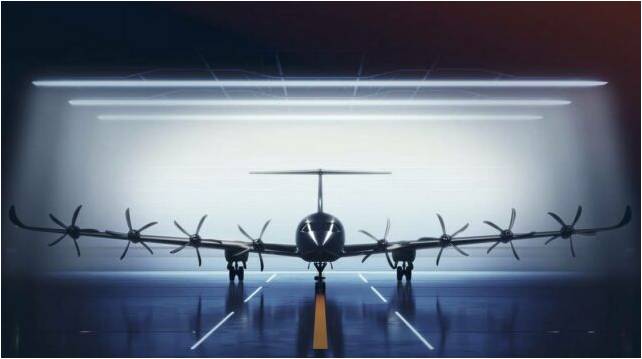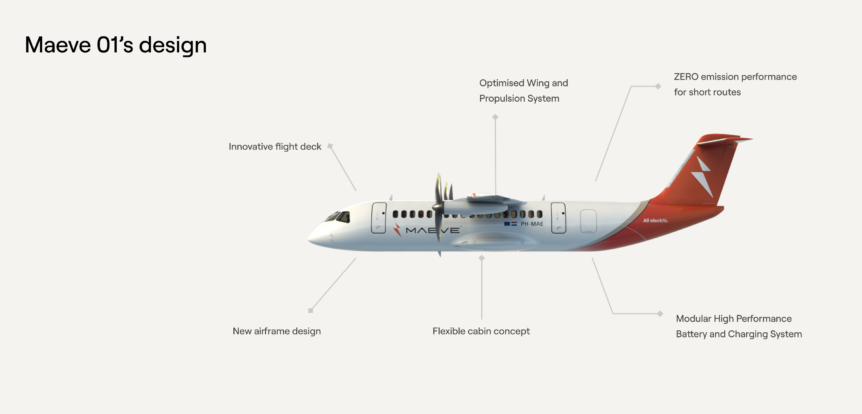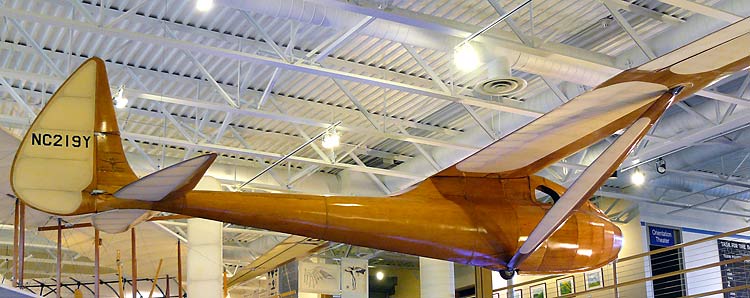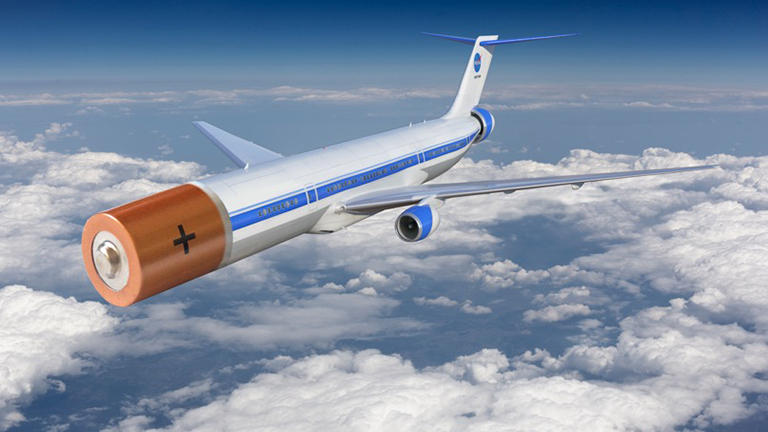What can carry 90 passenger 480 miles on battery power alone? Such a query flies in the face of others’ efforts to hybridize medium-range flight, but may be answered by Delft-based Elysian Aircraft. Their eight-motored, battery-powered E9X uses a backup turbogenerator only for reserves, putting a level of trust in the 365 Watt-hour per kilogram cells buried within the long, slender wing for safe transit. Graham Warwick’s Article Graham Warwick, writing for Aviationweek.com, explains that, “Breaking with traditional design principles, Delft-based Elysian says it has found design space where a large electric aircraft looks viable with near-term battery technology.” That kind of range for that large an aircraft seems extreme, but the E9X’s developers are using currently-available batteries to achieve their goals. Reynard de Vries, director of design and engineering at Elysian, explains, “If you want to make a significant impact on the sector as a whole, then you need to electrify flights up to 1,000 km [620 mi.]. Then …
Electric Aircraft Sales Tell the Tale
Electric aircraft sales told the tale at this year’s Paris Air Show. European and American firms sold, or received letters of intent for, hundreds of craft, especially of interest in the electric, hydrogen, and hybrid categories we’ll discuss here. We will have subsequent entries on other craft of interest at the show and the commercial possibilities they encompass. Afrijet’s electric intentions French airframer Aura Aero signed a Memorandum of Understanding (MOU) for “multiple electric aircraft” at the Paris Air Show. This came a day after a Philippine-based Asian aerospace firm signed a Letter of Intent for three electric aircraft with Aura Aero. The 19-passenger, eight motor, ecologically friendly aircraft has an all-up weight of 8.6 tons and a hybrid cruising speed of 250 knots true air speed (288 mph). Its pressurized cabin can alternately carry 1,900 kilograms (4,180 pounds) of cargo with a total volume of 21.5 cubic meters (759.3 cubic feet). Total operating costs will run only one-tenth of …
Sailplane-Like Boeing Cruises on SUGAR
Boeing has sustained a decade-long program to develop aircraft that reduce the use of fossil fuels or eliminate it altogether. SUGAR (Subsonic Ultra Green Aircraft Research) program designers have resorted to configurations that were a part of early high-performance sailplanes, those craft that soar on the energy of the very air around them. Sailplane designers know that longer wings give a lower span loading: the weight of the airplane and its payload is spread over a greater span. On powered craft, low span loadings give greater rate of climb for the same power and enable throttling back to get the same cruise speeds. Longer spans usually lead to heavier structures, though. Spars end up weighing more and wings are subject to twisting in the wind. To get around these problems, early designers used highly-tapered wings to move the bending moment on the wings inward, and strut bracing to reduce the cantilevered segment of the wing. Hawley Bowlus used these methods …
Electric Propulsion for Big Birds
Graham Warwick reports in the August 25 Aviation Week that NASA is investigating the creation of megawatt-scale electric propulsion systems for airliners. These would be much more powerful than those in cars or even semi-trucks, and far lighter than equivalent units in ships. NASA’s research involves partnering with the University of Illinois, Ohio State University, General Electric, and Boeing. NASA Glenn Research Center is working on its own self-cooled, superconducting wound field synchronous motor as part of the overall effort. NASA’s focus, according to the article, “is on electric machines that can be used as generators (sources) and motors (loads) and power electronics that convert AC to DC (rectifiers) and DC to AC (inverters).” Research includes wiring systems that can distribute high levels of electrical power. These efforts would support “near- or medium-term development of partially turboelectric and hybrid-electric propulsion systems for aircraft up to single-aisle airliner size.” Ambitious Goals, Different Approaches Goals are ambitious, with NASA Research Agreements (NRAs) awarded …
Aviation Week Recognizes CAFE Foundation’s Efforts
As noted in this blog. Dr. Brien Seeley, President of the CAFE Foundation, has been actively promoting the idea of a short to intermediate range Sky Taxi, a two-seat aerial vehicle that would carry its passengers safely from 420-foot runway “pocket airports” to other such runways at other urban and suburban settings, or even pockets situated within major airports. The safety and utility promised by these electrically-powered aircraft would provide convenient, inexpensive trips for commuters who would enjoy TSA-free travel up to 500 miles at point-to-point speeds exceeding even private LearJets. Aviation Week recently noted efforts by John Langford, CEO of UAV specialist Aurora Flight Sciences, to achieve part of Dr. Seeley’s far-reaching goals with today’s technology. As Graham Warwick reports in the magazine, “Five years after DayJet’s on-demand air service using very light jets ceased operations, the dream of air taxis remains alive. But industry is looking at unmanned aircraft technology as a way to reduce or eliminate the …




